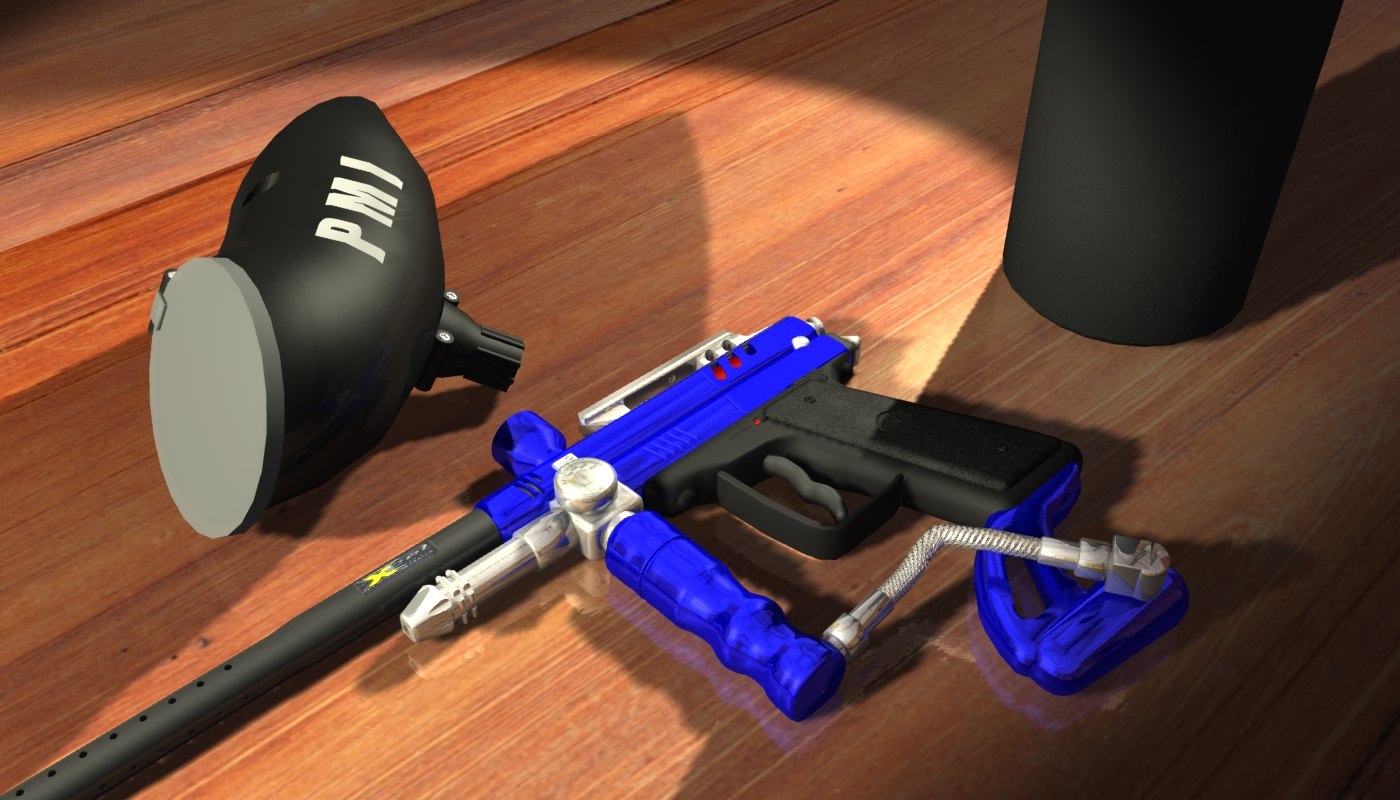

"001011" This is a 6-bit computer (binary) number.Įach time you add another "bit" the number gets multiplied by two. "01001" This is a 5 digit computer number, or 5-bit number. "0101" This is a 4 digit computer number, otherwise known as a 4-bit number. Each digit has only two possible combinations, zero or one.īecause of this, each time you add another digit (or bit), the number gets multiplied by two. The number "1000" (one thousand) is a 4 digit number.Įach time we add another zero digit, the number gets multiplied by ten.Ĭomputers use Base-2, or "binary" numbers. The number "100" (one hundred) is a 3 digit number. Each digit of the number has 10 possible combinations (0-9). Regular numbers we use everyday are Base-10 numerals. (We change the size of the polys on the map, so we can paint all the scales the same size on the model.Bits are really just the computer equivalent of digits. More emphasis on dragging points and making a map that is simple to paint.
#Lightwave 3d 7.5 how to
This lesson covers how to make a map from scratch, when you don't have any kind of color map or template to follow, by using a checkerboard pattern to ensure that nothing is stretched.

Comparing the two tutorials gives an excellent insight into the similarities and differences of working in the two programs.) (This model is the same one used in the UV Mapper Tutorial. Also mentions dragging points on the map to fix stretching problems. This lesson goes into much more depth concerning manipulating a model using an endomorph, and introduces the concept of making shapes that are irregular on the model into regular map shapes for ease of painting. We also start to look at how to solve stretching problems, how to set up a model to use more than one map, and how to combine two separate maps into one. This lesson goes into more depth with model manipulation, as we unfold a book jacket to map it to a scan of the real thing. This lesson covers manipulating the vertices on the map, and how to make an endomorph so you can manipulate your model for ease of mapping without any risk of harming it. Also covered how to watch the map being applied to the model while mapping, and the advantages of using the built in Lightwave tools. This lesson covers the basics how to begin a New UV Map, how to apply UV Maps to models, and how to use the basic mapping tools to make planar and cylindrical maps. By Lesson 5, we are not only building on things that were covered in the previous 4 lessons, but we've left UVMapper Classic far behind.Īll required models and images are provided. I highly recommend that you at least read through all of them, in order, since I don't repeat everything.

If you aren't familiar with UV Mapper, of course, you can still use these tutorials just skip all the "this LW thing does what this UVMapper thing does" parts! They are for the person who already knows about UV Mapping, and has been using UV Mapper long enough to be familiar with it, but who would like to switch to the more convenient (and powerful) set of tools included with Lightwave 7.5.
#Lightwave 3d 7.5 series
If that sounds familiar, this series of tutorials was written with you in mind.
#Lightwave 3d 7.5 free
However, if you are used to using UVMapper Classic (the free version) it's tempting to continue using the tool that you are accustomed to, especially if you don't have any idea how to use the built-in tools! The UV mapping tools in LightWave are simple to use, and there are a number of advantages to using them, if you are using LightWave to build your models. Lightwave UV Mapping for UVMapper Users Tutorials LightWave UV Mapping for UVMapper Users


 0 kommentar(er)
0 kommentar(er)
